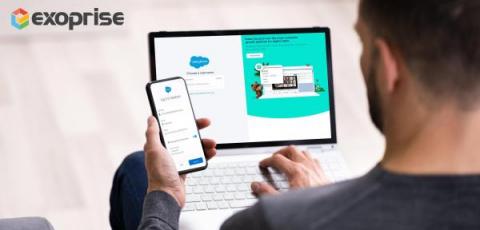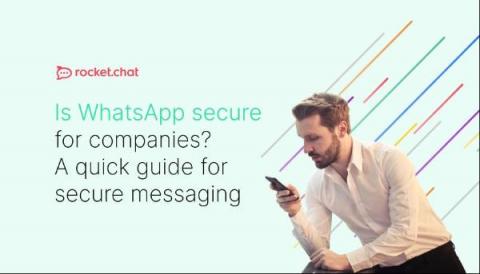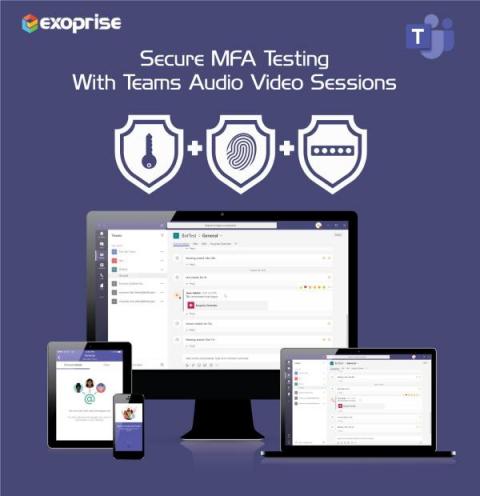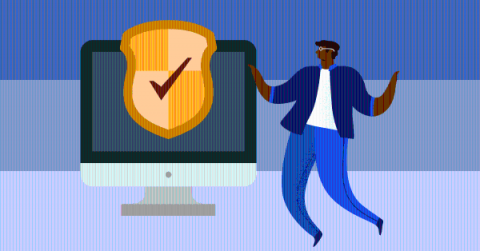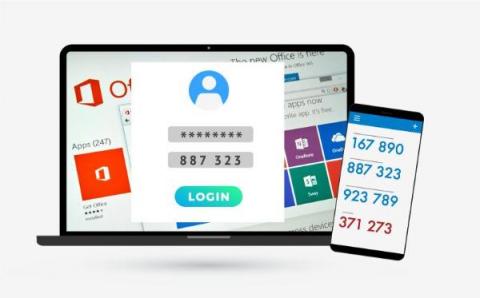How to Test Salesforce Multi-Factor Authentication
Assuming you have correctly configured the user ids for MFA authentication in Salesforce, end-users should see the following screen when trying to login into the CRM application. The TOTP-based verification code is generated in third-party authenticator apps (Google or Microsoft) on your mobile device when you first scan the QR code or enter the key manually in the app. In this article, we’ll guide you through all the steps you need to set up our Salesforce MFA Web Sensor in your environment.


